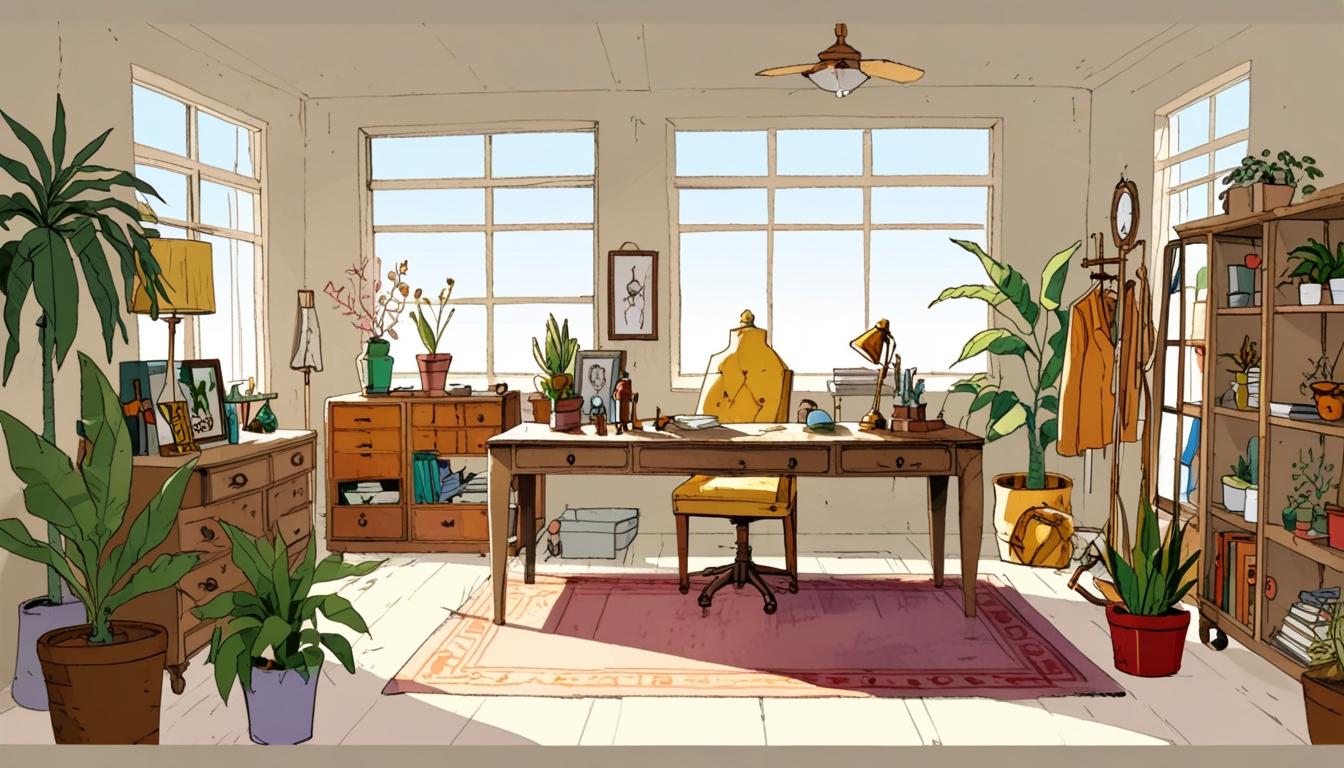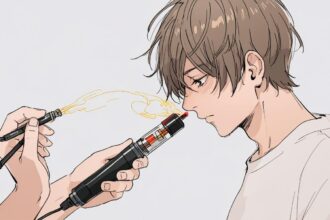Thrift shopping is gaining popularity as consumers seek unique items with history and character, fostering community and creativity while promoting sustainability.
In recent discussions about consumer behaviour, the popularity of thrift shopping has gained attention as a unique way to acquire items that often bear distinct character, history, and affordability. Many shoppers find thrill in the unpredictable nature of browsing through second-hand shops, where they can encounter an array of unusual, quirky items that are not typically found in mainstream retail environments.
The Facebook group “Official Weird Second Hand Finds That Need To Be Shared” has become a community hub for individuals showcasing their interesting thrift store discoveries. From vintage lamps and furniture to unexpected collectibles, this online forum provides a platform for sharing and celebrating these unique finds. Members cherish the element of surprise that comes with shopping second hand, remarking that they never quite know what they might bring home.
One notable post highlighted a vintage Art Nouveau brass desk set with handblown glass inkwells, dating back to circa 1900, showcasing how items from yesteryears can still find a place in modern homes. Another member recounted a personal story about rediscovering a ‘house hippo,’ a nostalgic toy from their past, which they uncovered while sorting through their late father’s belongings. These anecdotes exemplify the emotional connections that thrifted items can evoke.
Advocates of second-hand shopping point out numerous benefits. It is often more cost-effective compared to purchasing new items, allowing consumers to access a wide variety of unique products at reduced prices. Additionally, shopping second hand is seen as environmentally friendly. Many argue that it helps to reduce waste by promoting the use of already available goods instead of contributing to overproduction.
The plentiful selection in thrift stores often includes higher quality goods. Many vintage items are crafted from durable materials that have withstood the test of time, in contrast to some modern products that may use cheaper materials designed for shorter lifespans. Enthusiasts have reported finding everything from hand-painted glassware to vintage toys at surprisingly low prices. For example, one shopper shared their delight in discovering a well-crafted Murano glass lamp for just $10, a find that significantly exceeded its expected value.
However, thrifting can require patience and a willingness to explore. Rachel, a contributor from “The Antiqued Journey,” recommends starting with a cart, as one may come across numerous items that pique their interest. She advises shoppers to take their time and approach thrifting as a leisurely activity rather than a hurried errand, as this can enhance the overall experience.
Beyond the environmental and financial aspects, thrift shopping invites creativity. Many individuals find joy in repurposing items or infusing their personal style into their homes through unique finds. An example shared on the group included a thrifted manikin that was creatively turned into a planter, further showcasing the imaginative potential that thrifted goods offer.
The community’s enthusiasm for sharing their unusual finds extends beyond mere acquisition; it embodies a broader appreciation for sustainability, creativity, and personal expression. Overall, thrift shopping appears to be not just a practical alternative but also a cultural phenomenon, allowing individuals to uncover hidden treasures while fostering a sense of community around shared experiences.
Source: Noah Wire Services
- https://www.businessdasher.com/thrifting-statistics/ – This URL supports the claim that thrift shopping offers cost-effectiveness and environmental benefits, as well as the popularity of secondhand shopping among various demographics.
- https://www.easternecho.com/article/2024/06/reuse-and-resell-generation-zs-bargain-hunt-drives-thrift-store-market-sales – This article discusses the financial and environmental motivations for thrift shopping, highlighting how younger generations drive the market’s growth and how thrifters often seek unique or vintage items.
Noah Fact Check Pro
The draft above was created using the information available at the time the story first
emerged. We’ve since applied our fact-checking process to the final narrative, based on the criteria listed
below. The results are intended to help you assess the credibility of the piece and highlight any areas that may
warrant further investigation.
Freshness check
Score:
8
Notes:
The content does not reference specific time-sensitive information or outdated events. However, it discusses ongoing trends and community activities without explicit dates, which suggests the content is likely current but lacks specific recent developments.
Quotes check
Score:
10
Notes:
There are no direct quotes in the provided text to verify against earlier sources.
Source reliability
Score:
6
Notes:
The narrative originates from an aggregated news source accessed via Google News. While the actual source of the content is not specified, the context does not strongly indicate reliability issues or biases, but lacks clear attribution to a well-established publication.
Plausability check
Score:
9
Notes:
The claims about thrift shopping being cost-effective and environmentally friendly are plausible and consistent with common perspectives on the subject. The narrative does not present unlikely or unverifiable information.
Overall assessment
Verdict (FAIL, OPEN, PASS): PASS
Confidence (LOW, MEDIUM, HIGH): MEDIUM
Summary:
The content appears current and discusses plausible themes related to thrift shopping. However, the lack of clear attribution to a reputable source and the absence of direct quotes or recent specific developments mean that while the narrative is generally credible, there are limitations in verifying its freshness and source reliability.













